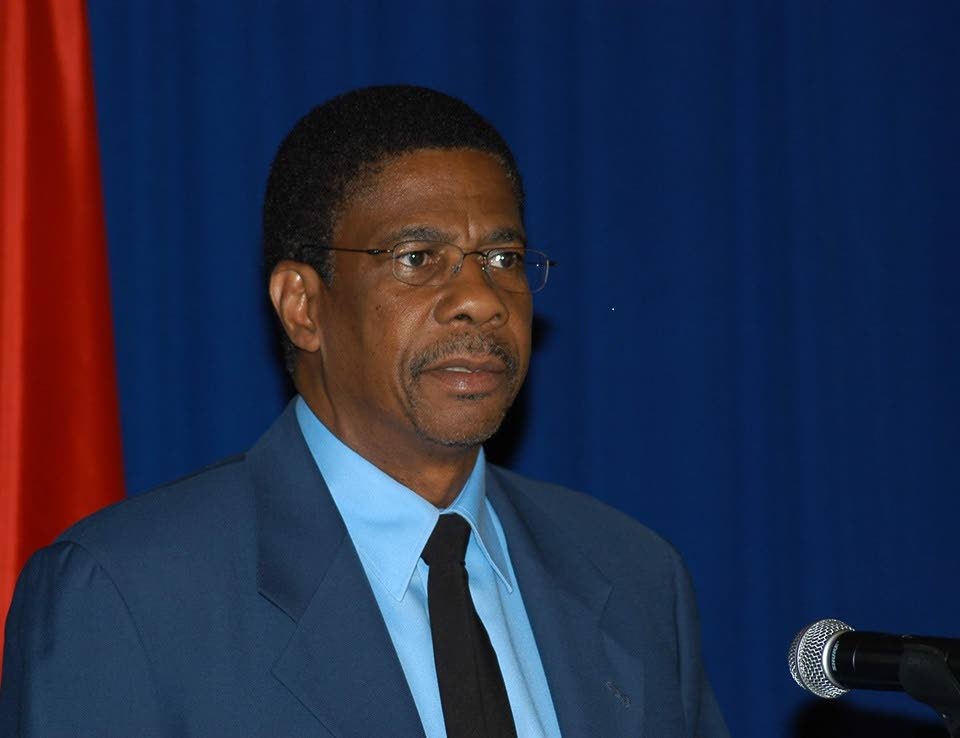Where goes mass transit in TT?

ARNOLD PIGGOTT
THE EDITOR: Over the Easter weekend, a colleague brought to my attention an April 17 BBC article written by Sarah Shaath, entitled “New York City congestion charge – what it can learn from London.”
It was reported that “NYC is poised to be the first US city to charge a fee to drivers in an effort to reduce traffic and raise funds for public transport.”
New York City will within two years (2021) follow Singapore, Stockholm and London in introducing a “toll” for motorists entering the city, but New York has been planning the introduction of the toll for many years.
Interestingly, speaking with a former well respected CEO while pondering this commentary a few days ago as we witnessed traffic congestion on the Western Main Road, St James, the issue of medium and long-term national planning surfaced.
Notwithstanding the traffic congestion woes of TT, no such policy can be contemplated to reduce traffic congestion in its cities before another decade – 2030. Perhaps had the contract awarded by the PNM administration for a study on a national physical development plan for Trinidad not been scuttled by the Ministry of Planning under the 2010/2015 PP administration, significant infrastructure works (related to traffic management) may have been further advanced.
The truth is motorists along the east-west and north-south corridors, who endure two and three-hour “commutes” twice daily to and from their borough and city destinations at peak hours, may become “irrational and rail up” at any government that dares to introduce such a policy of tolls as proposed by New York.
In earlier times, a commute between Port of Spain and San Fernando would have seen a 45-minute travel time. But recently a former minister of trade complained that the journey took him some three hours.
We recall that a former PNM administration had a vision that travel time between any two points in Trinidad should not exceed two hours.
Citizens may also recall that during two of Patrick Manning’s PNM administrations spanning 2001 to 2010, serious consideration was being given to introducing a mass transit system. Routes and stations from Sangre Grande to Port of Spain were identified.
Designs were to include a peripheral north-south “spur” for the construction of the rail network. Consideration was also given to “park and ride” facilities and the role that the maxi-taxi operators would play within that integrated transportation mix.
That policy framework for a mass transit system, then dubbed a rapid rail system, was stillborn. Perhaps the highly profiled nomenclature rapid rail may have been poorly communicated. Naysayers rallied incessantly to derail the birth of a much-needed mass public transportation system, that would have been born out of a vision to radically change forever the face of public transportation for all in Trinidad.
Meanwhile if the statistics reflecting the rapid expansion of the vehicle population are correct, TT has witnessed its growth by close to 100 per cent from 480,000 in 2002 to over 650,000 in 2010; close to 820,000 in 2015 and in excess of 900,000 at December 2018, with the consequential increase in road congestion.
Undoubtedly, the addition of a third lane along parts of the east-west corridor over the past 15 years would have brought some relief, but this has done marginally little to mitigate the congestion brought on by the additional 420,000 plus vehicles registered between 2002 and 2018.
Upon assumption of office in 2015, the Dr Keith Rowley administration floated the idea to pursue the mass transit system, but once again the issue of economic viability was queried, seemingly got prominence and regrettably “trumped” the need for an essential public transportation system, which is not dissimilar in terms of viability to the water taxi service, the inter-island ferry service, the Public Transport Service Corporation and the Tobago air bridge.
This writer concurs with an instructive commentary which says: Under urban congestion, motorists are going to pay for the congestion either in time or in money. You either pay directly or indirectly for use of those roads.
Citizens may therefore wish to consider the impact of fuel consumption, air pollution, vehicle wear and tear, accidents, stress, and road rage when next the political will is found by a government to vigorously pursue introduction of a mass transit system.
Citizens may also wish to consider what might be the travel time between any two points in Trinidad, and where might the transportation network and Trinidad be by 2025-2030?
In similar response to the rapid rail project, the proposed Tobago air bridge terminal – a vital piece of infrastructure within our domestic transportation mix – has been attracting some dissenting noises. So the question which arises is: will we as a people continue to be so obsessed with profiling the negatives in every piece of development project such that we frustrate projects essential for our nation’s growth and well-being?
Arnold Piggott is a former minister of works and transport
caption
Arnold Piggott


Comments
"Where goes mass transit in TT?"